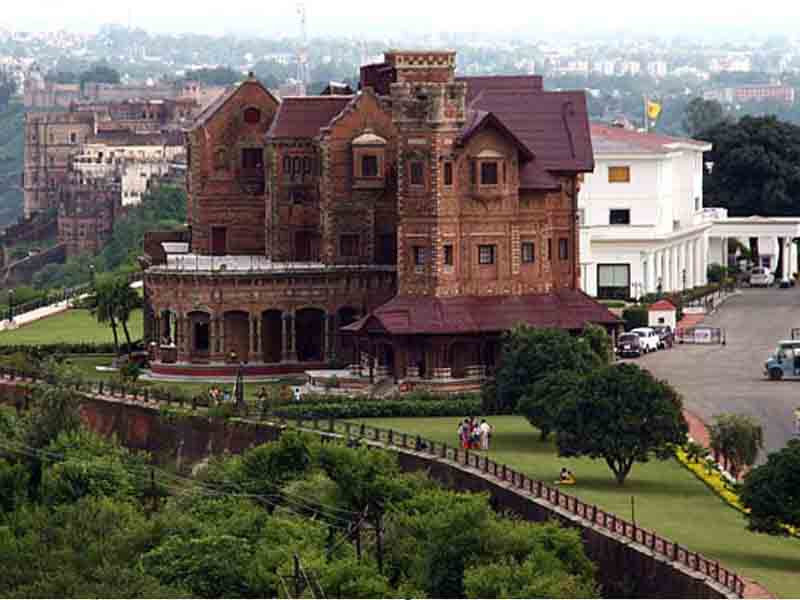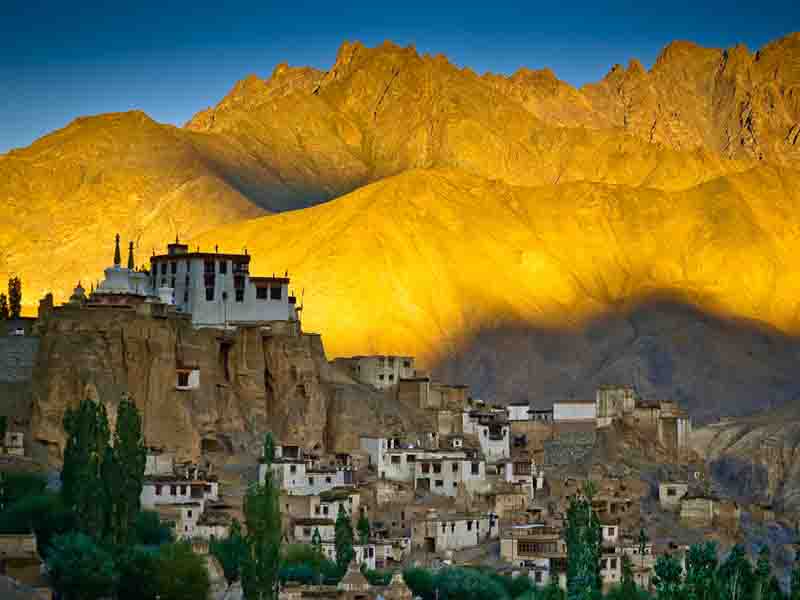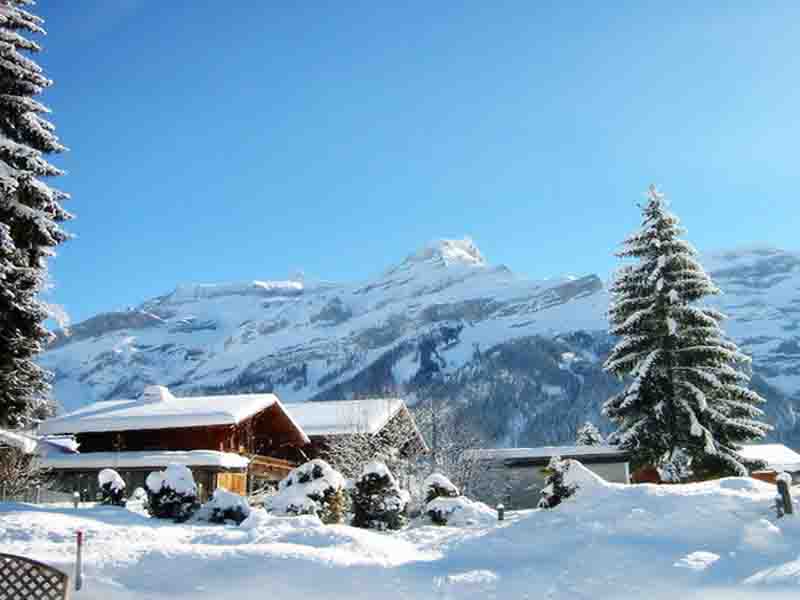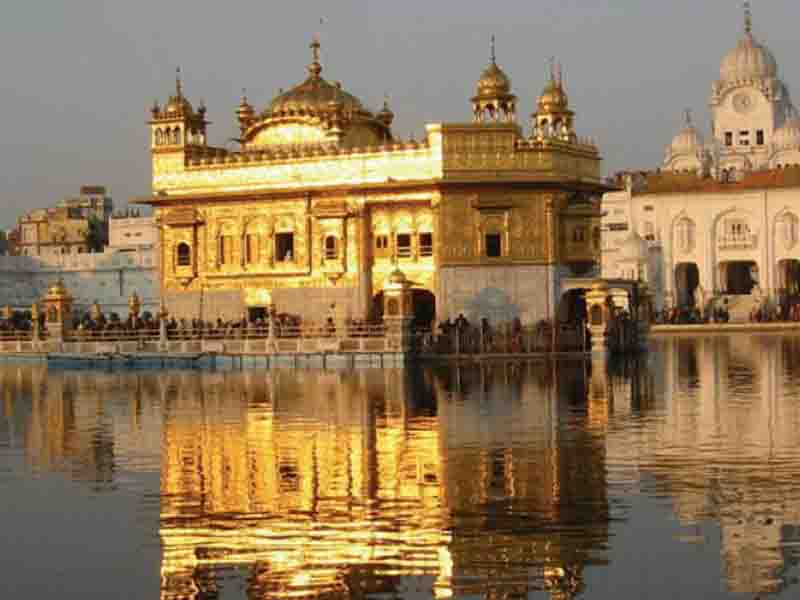Ladakh Tour
Nubra
Nubra Valley lies about 150 km north of Leh where the rivers, Shyok and Siachan, meet form a large valley. This valley separates the Ladakh from the Karakoram Ranges and the famous Siachen Glacier lies to the north of the valley. To the northwest of Nubra valley, lies The Sasser Pass and the famous Karakoram Pass of the 'Silk Route' fame which connect Nubra with Xinjiang. Panamik village is the last settlement in the northern end of in Nubra valley is open to tourists.

KARGIL
Kargil is a town, which serves as the headquarters of Kargil district of Ladakh in the state of Jammu and Kashmir in India. It is the second largest town in Ladakh after Leh. It is located 60 km and 204 km from Drass and Srinagar to the west respectively, 234 km from Leh to the east, 240 km from Padum to the southeast and 1,047 km from Delhi to the south.

ZANSKAR
About 20 kms south-east of Rangdum stands the Panzila axis, across which lies Zanskar, the most isolated of all the trans-Himalayan valleys. The Penzila pass (4,401m) is a picturesque tableland surrounded by snow-covered peaks. As the Zanskar road winds down the steep slopes of Penzi-la to the head of the Stod valley, the majestic " Drang-Drung" glacier looms into full view. A long and winding river of ice and snow, "Drang-Drung" is perhaps the largest glacier in Ladakh, outside the Siachen formation..

Leh
Leh the erstwhile capital of the kingdom of Ladakh is now a dream destination of many and the Mecca of adventure enthusiasts! Leh, one of the coldest deserts in the world is located at a distance of 434 Kms from Srinagar and 474 Kms from Manali (Himachal Pradesh). At the time of reorganization of districts in 1979, Ladakh was divided into Leh and Kargil and now Leh district is synonymous with Ladakh and vice-versa!

DRASS
Drass (3230 m), 60 km west of Kargil on the road to Srinagar, is a small township lying in the centre of the valley of the same name. It has become famous as the second coldest inhabited place in the world by virtue of the intense cold that descends upon the valley along with repeated snowfalls during winters. Winter temperature is sometimes known to plummet to less than minus 40 degrees.The Drass valley starts from the base of the Zojila pass, the Himalayan gateway to Ladakh.





